Nociceptor
Introduction
A nociceptor is a type of sensory receptor that responds to potentially damaging stimuli by sending signals to the spinal cord and brain. This process, known as nociception, typically causes the perception of pain.
Classification
Nociceptors are classified based on the stimulus modality for which they are most sensitive: thermal (heat or cold), mechanical (pressure or stretch), or chemical (chemical irritants or inflammatory mediators). Some nociceptors respond to more than one of these modalities and are therefore categorized as polymodal.
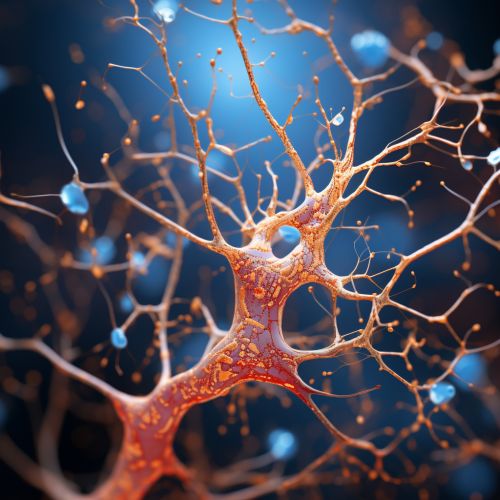
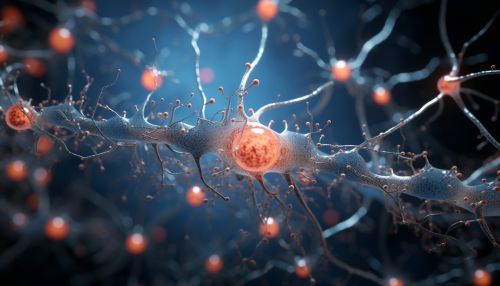
Structure and Function
Nociceptors are free nerve endings that are widely distributed throughout the body. They are found in the skin, muscle, joints, bone, and visceral organs. Unlike other sensory receptors, nociceptors do not have specialized structures for detecting specific stimuli. Instead, they rely on the properties of their ion channels to respond to a wide range of potentially harmful stimuli.

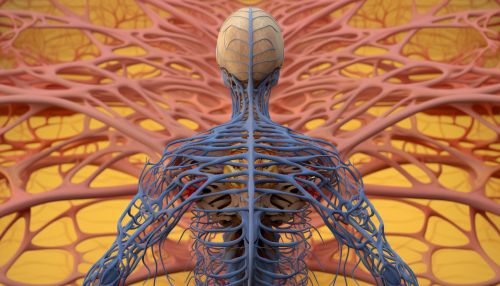
Signal Transduction
When a nociceptor is activated by a noxious stimulus, it generates an electrical signal that is transmitted along the nerve fiber to the spinal cord. This signal is then relayed to the brain, where it is perceived as pain. The process of converting a noxious stimulus into an electrical signal is known as signal transduction.
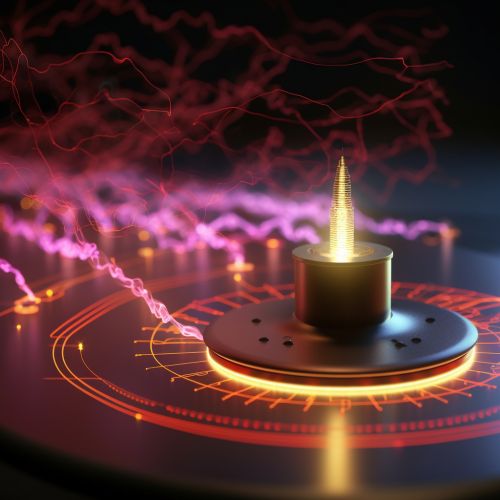

Pain Perception
The perception of pain is a complex process that involves multiple steps. First, the nociceptor must detect the noxious stimulus. This is followed by the transmission of the signal to the spinal cord and then to the brain. Finally, the brain interprets the signal and produces the sensation of pain.
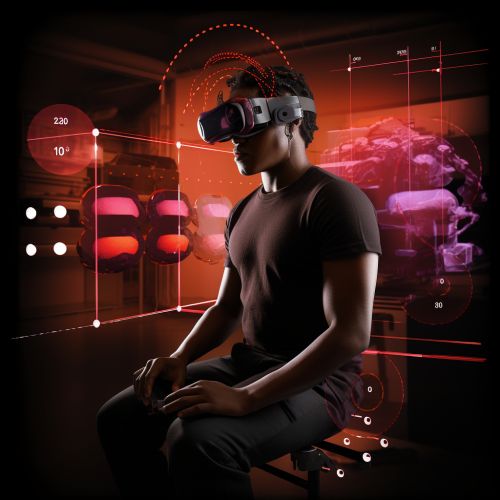

Role in Disease
Nociceptors play a key role in many diseases and conditions that are characterized by pain. For example, in inflammatory conditions, nociceptors become sensitized and respond more readily to noxious stimuli. This can lead to hyperalgesia, an increased sensitivity to pain. In some cases, nociceptors can also become active in the absence of any apparent stimulus, leading to spontaneous pain.
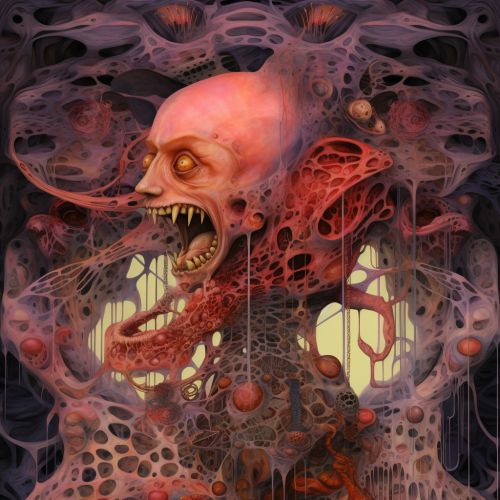

Research and Clinical Significance
Research on nociceptors has contributed to our understanding of pain and has led to the development of new treatments for pain relief. For example, drugs that target the ion channels of nociceptors can help to reduce pain by preventing the transmission of signals to the brain.


